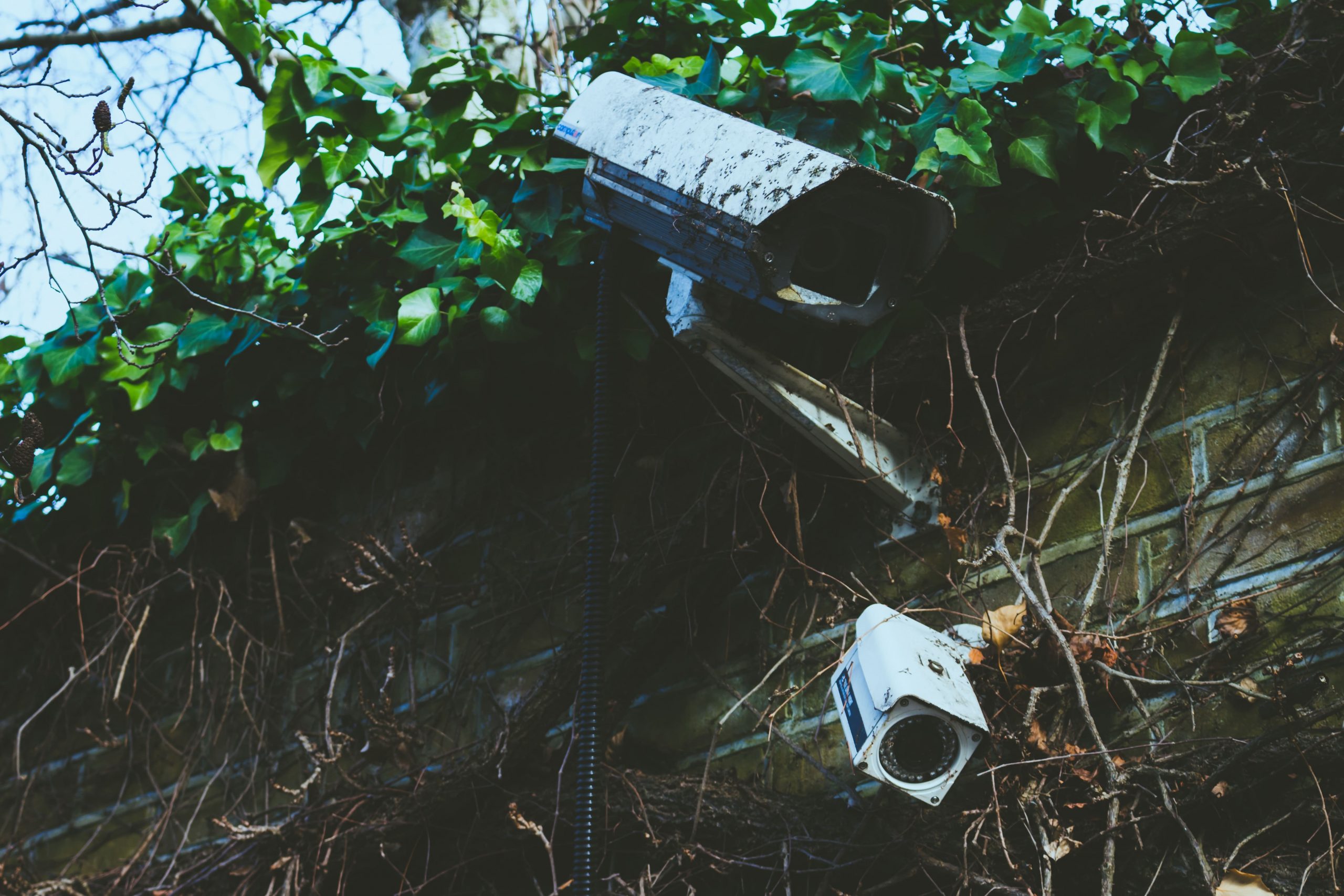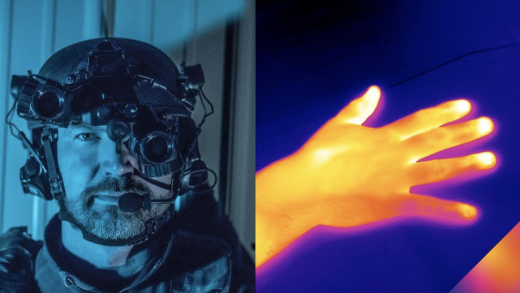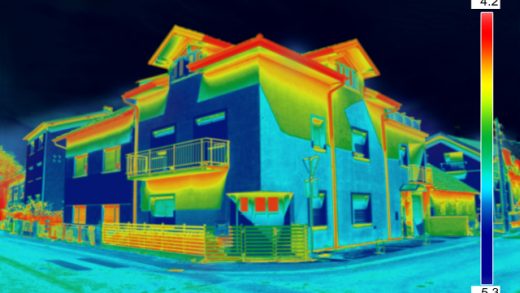Consider the capabilities of infrared vision systems in modern society. Without a doubt, everyone is well aware of the use of night vision devices by the police, rescuers, and scientists. However, the scope of application of thermal imagers is much wider than is commonly believed. Doctors could not ignore such an effective and intuitive data processing system that allows them to receive research results in real-time. Of course, they introduced this technology to obtain additional information about the health of their patients. Medical thermography is used as an additional research method. It allows you to detect many diseases at the earliest stages. In particular, thermography is used in oncology, rheumatology, neurology, and sports medicine.
Benefits of Thermal Imaging Systems
The fact that thermography is not an invasive examination method especially pleases patients. This technology is not expensive compared to MRI and ultrasound. It cannot replace them, but it can complement the above studies.
To examine the patient, the physician may avoid physical contact. Temperature measurement is possible from another isolated room. This feature of the study allows the doctor not to be infected and does not spread the disease.
Thermography research is safe. It does not irradiate patients like an X-ray or an MRI.
The advantages of thermal scanners include compactness, lightweight, and the possibility of portable and stationary use. The device determines the temperature much faster than other thermometry devices. It can store data on the device’s memory card and external media. The camera has a function that allows you to make corrections for changes in ambient temperature for more accurate measurements. The advantage of a thermal scanner is that a person does not need to remove the mask from his face or undress, as is necessary for oral temperature measurement or another method of examination. The fact that the thermal imaging system is equipped with a computer allows analytical processing of research results, monitoring treatment dynamics, sending data, and exchanging experience.
Limitations of Thermal Imaging Systems
With a large flow of people, the system can make errors in the assessment. If an elevated temperature is detected, it is recommended to confirm it with a thermometer. A qualified specialist should point out that temperature data is not an accurate diagnosis but requires examination.
Note that some thermal imaging scanners require a so-called blackbody setup. A thermal image of a person’s face is compared with a “black body” reference for the correct display of temperature values. Correct position of the body and face of the examined person relative to the thermal scanner is critical. The face should be positioned strictly parallel to the camera for the same viewing angle for both eyes. The device takes readings from certain points of the human face, where the temperature is closest to the inside. The most optimal for this is the inner corners of both eyes, next to the lacrimal canal. It is recommended to place marks on the floor for the test person’s feet to ensure a correct view. Some models of thermal scanners require a neutral background positioned behind and on both sides of the person’s face. Almost all models are sensitive to the presence of mirrors, foil-clad materials, or other reflective surfaces and can give inaccuracies if this recommendation is ignored. It will be important to note that in case of a sharp change in temperature outside during the day, the camera should be reconfigured, since too cold or, on the contrary, hot air from the street will affect the results of the study. To correctly display the temperature of the human body, a sufficiently large number of manufacturers recommend correctly preparing the patient for the procedure. They ask you not to go to the sauna or to engage in too vigorous physical activity, not to use cooling or sanitary napkins for your face. For wearers of glasses, it is recommended to remove them during the procedure. When examining persons in wheelchairs or children, there may be some obstacles when using stationary instruments. For such cases, it is recommended to have a handheld temperature scanner.
Thermal Imaging Scanners and COVID-19
The Covid 19 virus pandemic has forced humanity to look for ways to prevent the spread of the infection. Thermal imagers cannot cure the virus, but they can be instrumental in identifying sick people. Since one of the clear signs of coronavirus disease is an elevated body temperature, a thermal imager can easily recognize this symptom. Moreover, it will do this at a distance, without touching the skin of an infected person. This allows observation from another room or at a distance safe enough for infection. Since the thermal imager works without contact, it cannot transmit the virus from an infected person to a healthy one.
Thermal scanners are recommended for quick sorting of a stream of people to identify sick people and prevent infection of healthy citizens. During the COVID-19 pandemic, thermal systems have been successfully used in hospitals, airports, train stations, stadiums, subways, schools, and businesses. Many private businesses use thermal imaging cameras to scan their employees and visitors. This system has been successfully applied in all social institutions. This allowed vital businesses to continue operating during the pandemic. A big plus was the preservation of jobs in such a difficult time. In addition, the use of scanners made it possible to soften quarantine measures and remove some of the restrictions on business operations.
We understand that non-medical personnel often carry out this research method, giving a certain percentage of error. Still, in terms of speed, throughput, simplicity, and availability, it has no competitors.
Using Thermal Imaging Scanners to prevent the spread of COVID-19
Thermal scanners do not diagnose the presence or absence of the virus, but they significantly reduce the burden on the medical staff, allowing them to assist in urgent cases. Thus, the workload of clinical departments is reduced.
The system can isolate people with an elevated body temperature from the population and alarm the operator. This makes it possible to reduce the number of potential carriers of the disease. In addition, patients will receive timely advice and treatment.
It is important to remind that not all people infected with COVID-19 have an elevated body temperature. Naturally, the thermal imaging scanner will not highlight these cases. Such patients can be identified with a laboratory test. However, the percentage of such cases in the population is small. They are less contagious, shed fewer viruses into the communication environment so that the thermometry system will detect the bulk of the sick.
Some types of thermometric systems are equipped with human face recognition scanners. The data allows you to identify the person and the circle of contacts to prevent the spread of the disease. Data accumulation can statistically process information and make analytical samples concerning a place, time, or social circle. By identifying the chain of the spread of the disease and taking timely measures, we will significantly reduce the number of people infected.
As you can see, the use of thermal scanners is not a panacea, but when practiced together with other complexes of measures to prevent the epidemic, it gives an excellent result.
The choice of an accurate and reliable temperature measurement system ensures the safety of people, provides excellent research data, helps to eliminate the pandemic quickly, and gets the business out of the restrictions caused by the quarantine regime.


